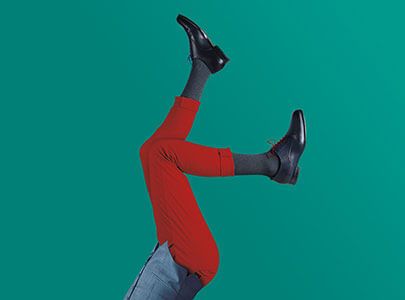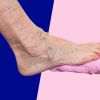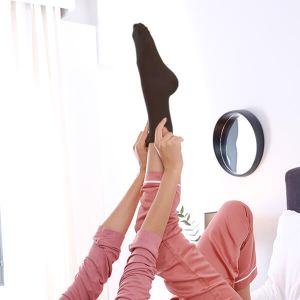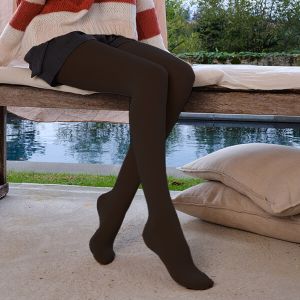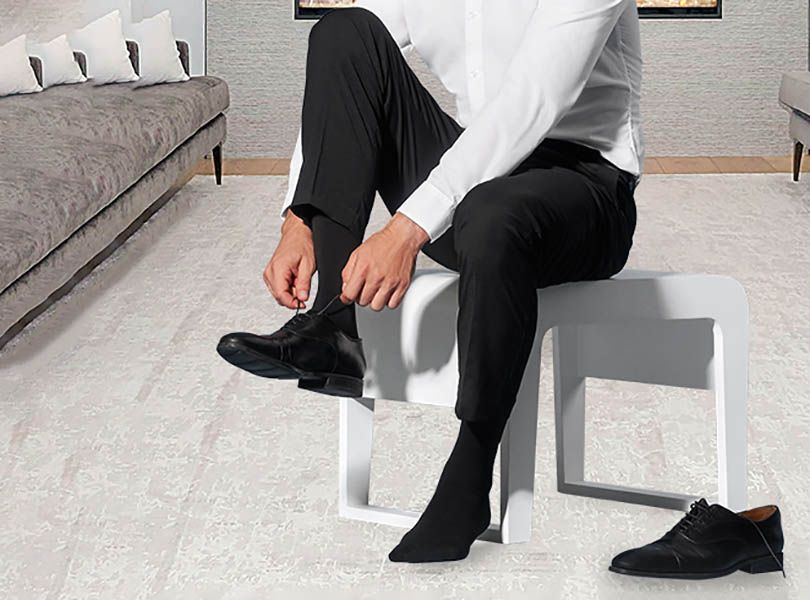Foot drop - what the condition is and how to treat it?

Many patients, mainly those with a variety of neurological problems, often complain of paresis of the foot and its frequent subsidence. They wonder if this is a symptom of a dangerous disease and what could be causing this condition. Well, the ailment is a foot drop, which is caused by paralysis of the fibula nerve. How can it be properly diagnosed, and can the foot drop be cured? This is discussed below.
Foot drop - what is it?
A foot drop is a condition whereby the patient independently starts to take steps inappropriately, from toe to heel. This gait is referred to as a wading or birdlike gait. On top of this, the person tends to lift the knees high because they want to avoid tripping, hooking the toes on the pavement. This condition cannot be unnoticed or overlooked as the symptoms are very characteristic. In addition to this, a drooping foot may also be accompanied by numbness, tingling and pain in the limb, as well as muscle and sensory atrophy throughout the fibula nerve and foot. In addition, the patient can neither stand nor walk on the heel.
Foot drop - why does it occur?
Probably many people wonder why a foot drop develops. The causes of this condition are varied. One of the most common is damage to the fibular joint, which is a branch of the sciatic nerve. Their dysfunction usually results from chronic degeneration of the lumbosacral spine and may also be a symptom of atherosclerosis or diabetes. A sagging foot can also be a problem for people who are post-stroke. Sometimes it is caused by more severe diseases such as multiple sclerosis, tumours, or muscular dystrophy.
A foot drop can also occur because of a simple trauma where the fibula nerve has been damaged.
Foot drop - rehabilitation and treatment
A foot drop can be diagnosed during a simple physical examination. An ultrasound or X-ray is then ordered. For reassurance, electromyography is ordered to determine the degree of nerve damage.
The treatment of the condition is mainly based on the elimination of the cause of the damage to the fibular nerve. The next stage is appropriate rehabilitation. What does it consist of? Well, it is necessary to regularly perform appropriately selected exercises for the fallen foot. At the same time, it is recommended to use helpful equipment in the form of specialised orthoses for a fallen foot, which allow the correct positioning of the limb to be maintained. In addition, orthopaedic shoes for a sagging heel may help to make the patient's daily life more comfortable.
Orthoses for foot drop
Foot drop is a condition that alters the patient's daily functioning. Any discomfort makes the patient move unsteadily. For this reason, the use of orthoses is recommended. There are two types:
- Static - rigid stabilisers that always keep the foot in the same position.
- Dynamic - allow physiological movement of the patient's foot while walking.
Among those struggling with a foot drop, the latter type of orthoses is the most popular. These are innovative products that adapt to the type of patient's existing dysfunction. They stabilise the knee and ankle joint, improve energy return with a rebound effect and restore balance. In addition to improving the patient's gait, they are very comfortable, state-of-the-art, made of the highest quality materials, resistant to tension and abrasion.

